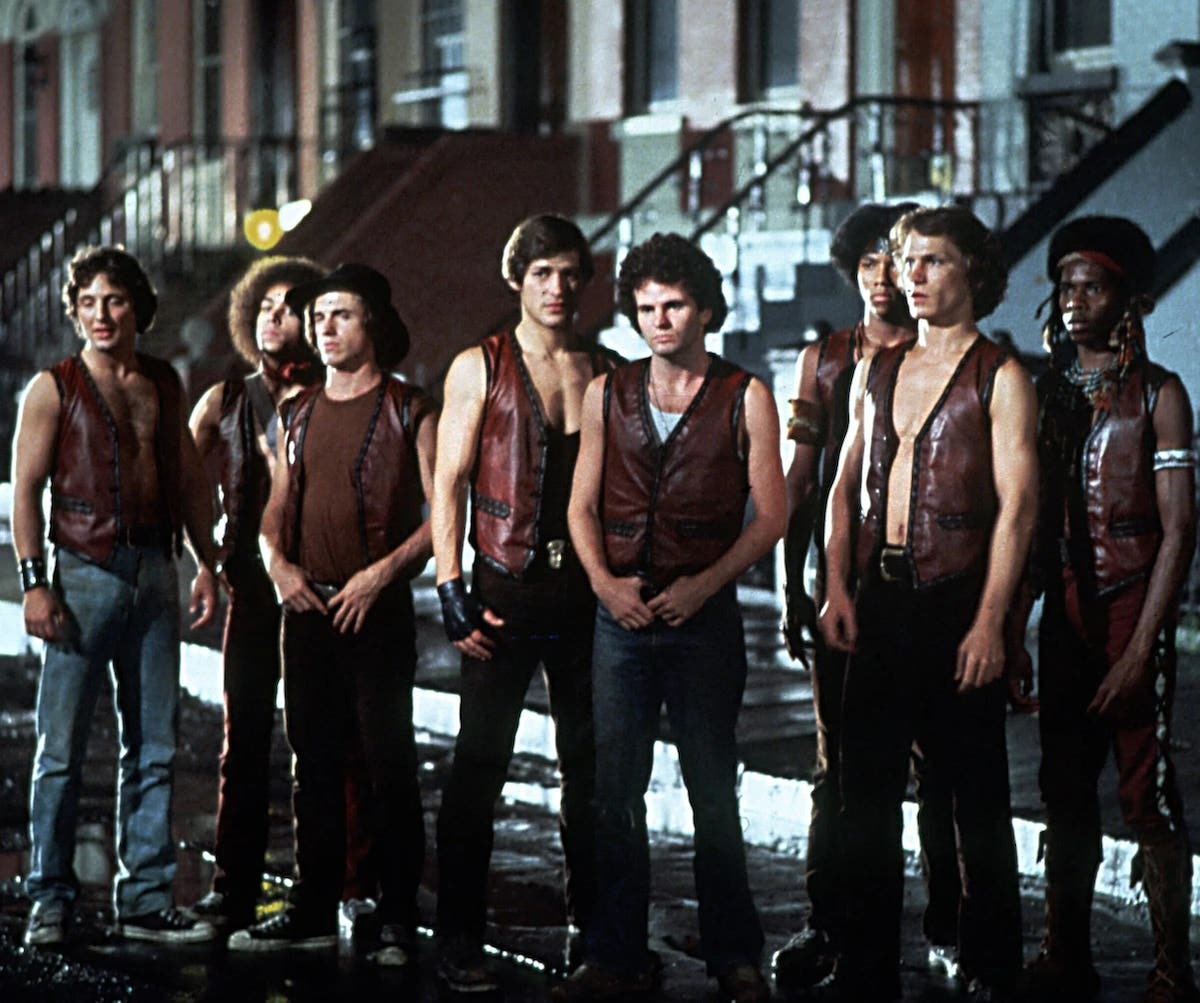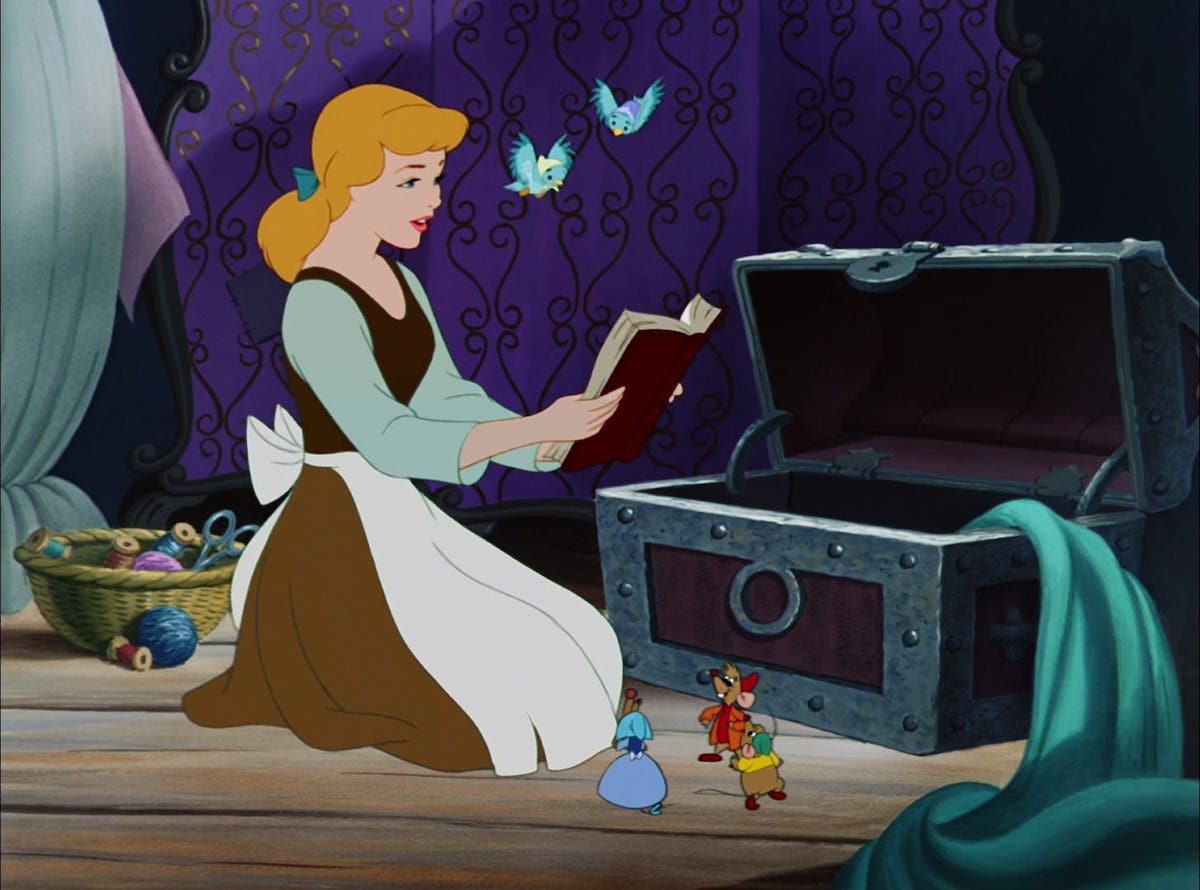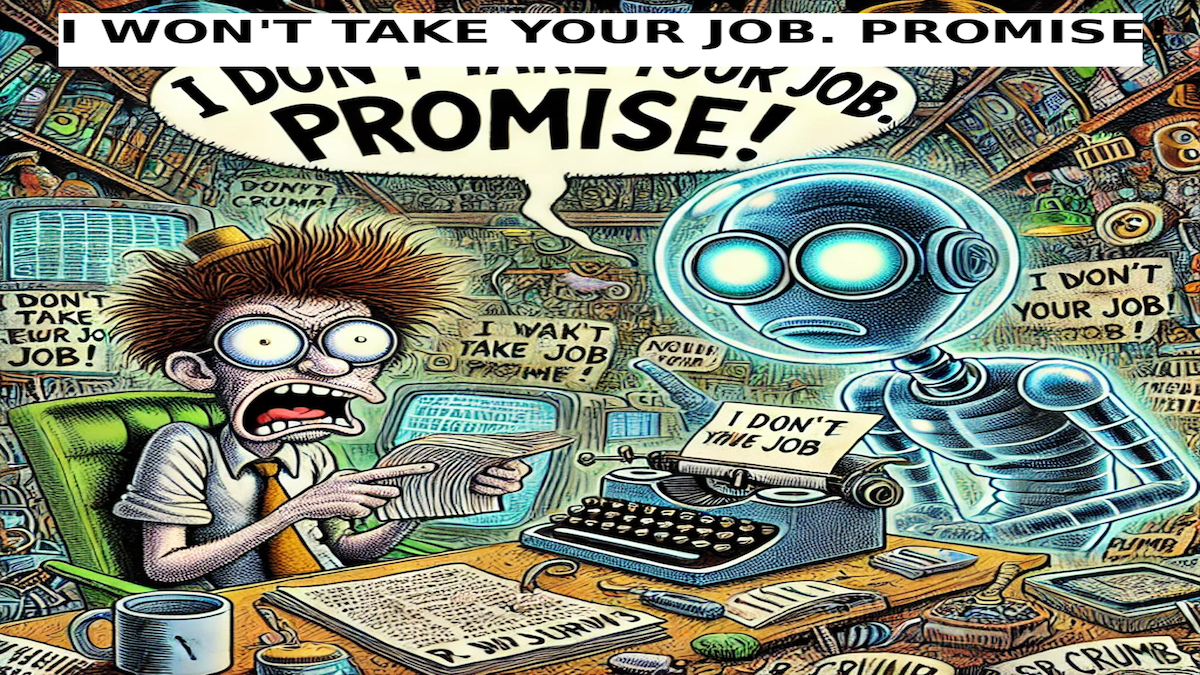LEGALLY SPEAKING, IT DEPENDS: Work Made for Hire
Entertainment Attorney Christopher Schiller discusses work made for hire – who owns it and what do you do need to know before you sign on?
Christopher Schiller is a NY transactional entertainment attorney who counts many independent filmmakers and writers among his diverse client base. Follow Chris on Twitter @chrisschiller.
In my last column I quickly brushed by the complex subject matter that is often misunderstood in our industry, work made for hire. It is an intricate and often mistaken element used in entertainment media all the time. This column goes into some detail, covering the "what's" of it as well as the "what to watch out for's." Of course, with a complex subject such as this, a single column will be woefully inadequate to cover it all. For the most part I'll concentrate on those aspects of most interest to writers and hopefully leave you with enough knowledge to know when to ask more questions.
Only in America
Work made for hire (as was its now defunct, older cousin, work for hire) is a purely American construct. There isn't a direct equivalent in other countries. It's Common Law (that's lawyer speak for judge made, equitable law, the undercurrent of American jurisprudence) beginnings come from the seeming natural desire of owners of businesses wanting to control what they produce. This defacto assumption arising from the manufacturing world runs directly into a headstrong counter-idea of copyright being controlled by the lowly creator, or in copyright language the author, of the work. The balancing act has been a work in progress for decades.
A convoluted, changing history
Prior to 1978, the concept had evolved into what was then called work for hire. It was very much an “ignore the sweat of the brow” approach. More of a “he who pays, wins” concept. Regardless of the contractual language or arrangements, if an employee paid for most of the time and materials to create a thing, then the employer would own the end result, copyright-wise. And that was the determining technique used until copyright law changed in 1978.
Because movies were being made prior to the change, and Hollywood is slow to change even when it should, you can still see remnants in some contractual language and unfortunately in some lawyer's vocabularies. It doesn't help clear things up considering that sometimes, with older properties, the work for hire moniker still applies. But unless you are talking about works created forty years ago or older, the modern rules of work made for hire apply. Inappropriate references to the prior version and confusion between the two even by those who should know better by now still occur. (A red flag gets raised for me when I see the old attitudes and language being used in a modern contract – unfortunately, it still happens.)
So what changed?
Well, for one thing just because you pay for something does not make it all yours. In fact, who pays has very little bearing on who owns the copyright. The law changed to favor the original creator in most instances and only under certain circumstances and under specific conditions will the employer still get the prize.
I would use the example of buying fine art to show how you can own the product without owning the copyright of the thing, but most people are unaware that this is actually what goes on when you buy art. Without specific language in the bill of sale, you own the physical object but not the copyrights. Even if the work is a commissioned piece from the artist, the copyright in the artwork stays with the artist unless negotiated for explicitly. So don't go showing your acquired artworks at a gallery or museum unless you've also acquired the permission for the public display.
Not all work can be a work made for hire
“But wasn't the commissioned painting literally a work made for hire?” you might ask. In plain English language it might seem that way, but, in legal terms it isn't and, in that particular case, cannot be. Not everything that can be created can be a work made for hire. Let's look at the details of what limited variety of works can qualify work for hire.
Two types of work made for hire
The U.S. Code Title 17 (where the bulk of Federal copyright law comes from) defines all the work made for hire conditions. There are two types of work made for hire: a “simple” one and a restricted one. Of course the simple one isn't quite so simple and the restricted one with lots of rules is the most common one we are the most interested in within the industry.
Employee version
The simple one is simply stated. So much so that I'll quote the distinctions in their entirety.
(1) a work prepared by an employee within the scope of his or her employment
There's a lot of complexity in that simple sentence. First of all, determining if the worker is really an employee or not is no picnic. Since there are tax and other obligations that come with that relationship, employers try to skirt the issue as much as legally possible, sometimes, more so. Every jurisdiction has a judicial way of determining whether a worker is an employee or not, usually revolving around a complex set of tax laws. Of course, not all jurisdiction uses the same formula but they tend to involve a large number of questions like, where is the work performed, who sets the hours for the work, who determines how the work is to be performed, supervision, etc. If they are determined to be an employee they can qualify for workman's comp, retirement, vacation and sick leave and a host of other employer expenses. Just because you work for a company doesn't mean you automatically qualify as an employee.
But the most important phrase in the “simple” work made for hire type above is, “within the scope” of employment. For the work done to fall under work made for hire and be controlled by the employer immediately, the duty of the employer must be explicitly to create such a work.
To give a writer's world example let's look at a television writer's room, the most likely place to find employees to be employed to write new works. (With the variations expressed above, this relationship is not necessarily the case but is possible so let's go with it.) Say the head writer comes in and hears pitches from all the writers in the room for the current episode they're breaking. Ideas, scenarios, dialog snippets and the like are flying around, some are being written on the white board as golden, must-haves in the episode. Other than the discussions about credit (always heated and controversial) there's never an argument about who owns, in copyright terms, the final work, the production company does.
In this mix a company janitor passes by, overhears the conversation and is asked his opinion by the head writer out of desperation. The janitor spouts off the perfect solution, even writes the best dialog on the whiteboard before going about his business emptying trash cans. (Proof that everyone in Hollywood wants to be a writer?) The showrunner uses the bit in the final product and the janitor sues his company for using “his” property in the show without his permission or compensation. Yes he was an employee, but the job he is employed to do has nothing to do with writing, so without an assignment of rights contract to the contrary, anything the janitor came up with is owned by the janitor, not the production.
The other side of the coin
If the work isn't done by an employee according to the first rule, then the ONLY other way the work can be a work made for hire is by the very limited and formality laden second type. If the situation doesn't fit into either of these two types then the creator of the work is always the author of the work with all the ownership and control over it that entails.
The non-employee or independent contractor version
Because this type of work is not being done under a predefined employee responsibility it must be a specially ordered or commissioned request for the work. Work not asked for or pre-existing cannot qualify. (More on how Hollywood sometimes attempts to fudge this aspect later.)
And only a very select and specific few categories of works are even eligible. There are nine categories defined in the statute. They are listed in the sidebar.
SIDEBAR:
The only categories of works by independent contractors allowed to become works made for hire:
- a contribution to a collective work,
- a part of a motion picture or other audio visual work,
- a translation,
- a supplementary work,
- a compilation,
- instructional text,
- a test,
- answer material for a test,
- an atlas.
As you'll note, through significant lobbying from the industry at the time, filmmaking is one specifically mentioned as an example of audio-visual work that qualify for work made for hire copyright authorship from independent contractors. But it should be noted that not all products related to filmmaking necessarily qualify under work made for hire. What about posters? Merchandising elements? Spin off products (e.g. comic books based on the work)? At some point the work created is so far removed from the actual audio visual work that it falls outside of the work made for hire arena and defaults to creator authored work. (Another reason for the fudging mentioned above and explained below.)
Formalities
But just because a work falls within one of the special categories doesn't make it automatically a work made for hire. Far from it. There are a lot of particular hoops that must be jumped through in order to qualify.
The agreement for the creation of a work made for hire first has to say just that, that the parties are agreeing that the work IS a work made for hire. The language must be explicit to the intent. Also, it must be in writing and signed by the creator of the work agreeing to the conditions. At least these elements must be in every work made for hire agreement. Miss one of them or be too vague and the copyright starts and stays with the creator.
There are a few other elements that, though not explicitly stated in the statute have come to be expected from the results of court cases deciding the gray areas. Like, there is a strong argument that the determination and agreement that a work be a work made for hire has to come before the work is done, since it must be intended by both parties to be a work made for hire. An after the fact/creation document might be looked upon as unconvincing.
The “fudging” factor
With all the complexities and formalities required as well as the vaguely defined edges there are often times when even well schooled parties aren't quite sure if the work will end up being a work made for hire or not. That's where the fudging comes in usually in the form of an “in the alternative” clause that states that if it turns out we can't have a work made for hire then the creator immediately and irrevocably assigns all rights to the work. Without the catch all alternative, if the work was deemed not to be a work made for hire then the creator would walk away with all the control, something the producer would have a real difficulty with.
Sometimes contracts contain clauses that claim a work to be a work made for hire even when the situations don't allow. You'll actually see language attempting this in a purchase of a spec script contract. The spec was written long before the buyer was aware of it. The work existed as a copyrighted matter before the contract was signed therefore the question could be raised, “who authored it then?” When it was still on the market, the owner could be any producer. It can also be argued that a writer who writes a spec has the clear intention that the end result be treated like a work made for hire without actually knowing who is going to be doing the hiring. That's probably why both the work made for hire and the alternative assignment clauses are in the language used. Nobody really knows (or wants to risk enough to find out). When in doubt, fudge.
What it means to the writer
When you're making work made for hire you're like the blacksmith making new horse shoes. The horse shoe is hewn with skill and artistry to fit perfectly the shape of the horse's hoof, but in the end, the shoe isn't owned by its creator. Essentially it becomes “part” of the horse which is owned by the cowboy. (And you were starting to think my graphic had nothing to do with the subject matter.)
Knowing the status of the copyright authorship of your work is important. Remember, when you negotiate any deal the more power you hold, the better your negotiation position. Acting according to what your rights truly are allows the writer to appear the most professional. And remembering that the negotiations of writer's credits is completely separate from the authorship issue alleviates some of the turmoil that could otherwise ensue.
The bottom line is, if you own the authorship and the deal goes south, you can take the property someplace else to set it up. If they own the authorship, then they have the power to do that. Either you work for them, or they buy from you. Regardless you are still the one who needs to do the writing.
- More articles by Christopher Schiller
- Legally Speaking, It Depends: Copyright in Court
- Short Circuit: Writing Assignments - Let's Make a Deal
Get insights into contracts with Entertainment Attorney Christopher Schiller's webinar
Screenwriter Contracts Decoded
Christopher Schiller is a NY transactional entertainment attorney who counts many independent filmmakers and writers among his diverse client base. He has an extensive personal history in production and screenwriting experience which benefits him in translating between “legalese” and the language of the creatives. The material he provides here is extremely general in application and therefore should never be taken as legal advice for a specific need. Always consult a knowledgeable attorney for your own legal issues. Because, legally speaking, it depends... always on the particular specifics in each case. Follow Chris on Twitter @chrisschiller or through his website.





